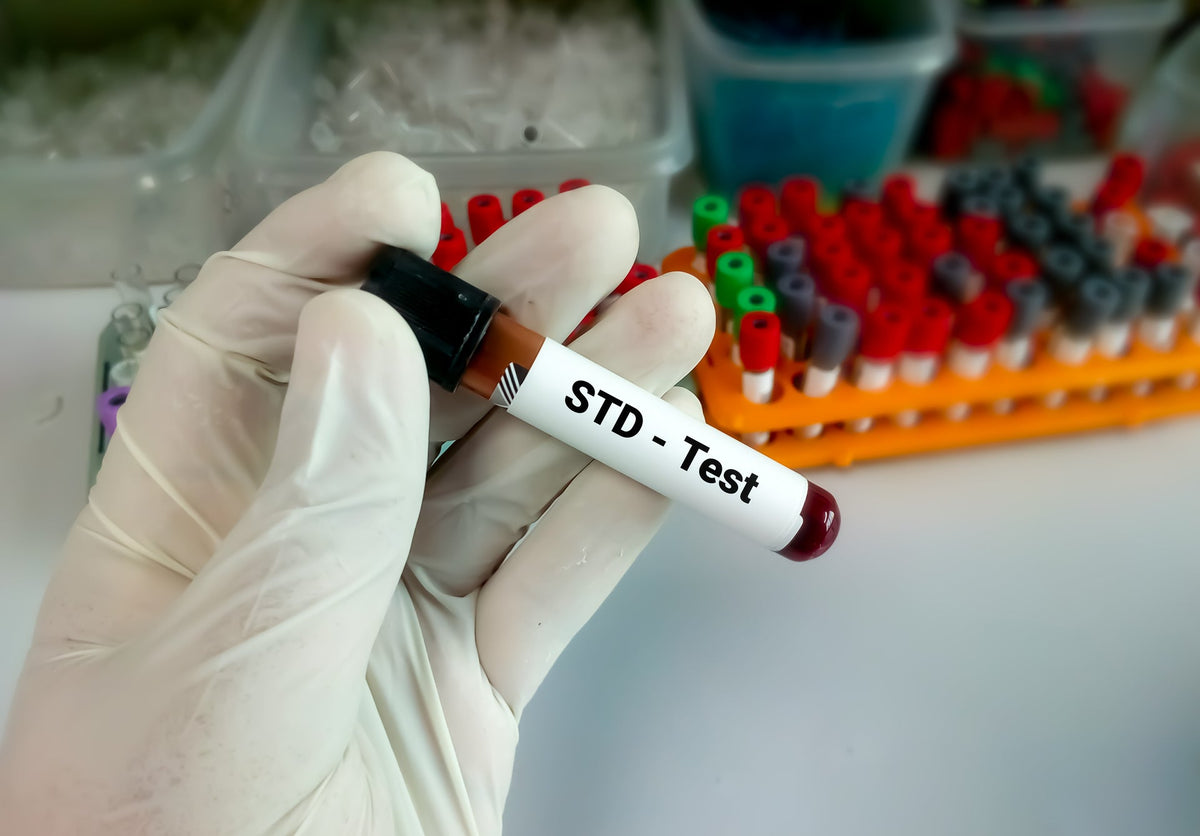


Embarking on the journey of sexual health can often feel like sailing in uncharted waters. STD testing is an essential compass for navigating these waters, ensuring that you stay on course towards a healthy and fulfilling intimate life. It’s time to demystify the process and set sail with confidence, knowing what to expect when it comes to STD screening.
STD testing isn't just a checkpoint; it's a routine part of your health care, as essential as any other screening. If you're under 25 and sexually active, it's recommended to get screened annually, especially for chlamydia and gonorrhea. This also applies to women over 25 with new or multiple partners. It applies to all individuals with HIV or those who have been forced into sexual activity against their will.
Chlamydia and Gonorrhea: Swab or urine test
HIV, Syphilis, and Hepatitis: Blood test
HPV: Pap test for women, swab for men with symptoms
Herpes: Tissue sample or blood test, depending on symptoms
To prep for your STD test, keep it simple: avoid urinating right before a urine test and steer clear of douches or vaginal creams for 24 hours prior if you're a woman. Remember, honesty with your healthcare provider is your best policy.
In addition to the standard preparations for an STD test, it's crucial to be aware of preventative measures in cases of unprotected sexual activity. Similar to emergency contraception, but for sexually transmitted diseases, B DoxyPEP is most effective when taken within 72 hours of unprotected intercourse.
STD tests vary from quick and painless urine tests to blood tests or swabs. While most are straightforward and fuss-free, some, like a swab from the cervix or urethra, may cause brief discomfort. But fear not, for this fleeting moment is a stride towards long-term health.
After your STD test, results can take anywhere from minutes to weeks, depending on the test. While waiting may feel like the hardest part, remember that knowledge is power. Whether positive or negative, your results are a key to better health.
Regardless of your test outcome, there's a path forward. If positive, follow-up testing, treatment, and informing partners are your next steps. If negative, take a breath of relief and consider it a reminder to continue practicing safe sex.
STD testing is more than a necessity; it's a responsibility to yourself and your partners. Regular screening is a pillar of a proactive approach to sexual health. Let's normalize the conversation around STD testing and embrace it as a regular part of our health routine.
With this guide, you're well-equipped to navigate the waters of intimate health, ensuring that every intimate encounter is as safe and enjoyable as it should be.
As we conclude our journey through the landscape of STD testing, let's not forget the role of preventative measures like "B doxyPEP." Just as a compass guides a sailor, proactive tools like DoxyPEP guide us in protecting our sexual health.
Quick Reference List:
STD Testing Frequency: Annually for those under 25 or with risk factors.
Types of Tests: Varies by STD, from urine samples to blood tests.
Pre-Test Prep: Minimal, but follow specific instructions for accuracy.
Test Experience: Generally quick, with varying degrees of comfort.
Post-Test Protocol: Understand and act upon your results.
Regular Screening: A vital part of your sexual health toolkit.
Take this knowledge, book your next screening, and continue the journey to a healthy, empowered you.
B Brand is a telehealth company focused on delivering premium quality sexual health products, paired with education and resources to help people make informed decisions. We are your one-stop destination for all your intimate health needs.
To complete a B Brand consultation, all you need to do is answer our quick online medical questions. Your answers are then reviewed by our US medical team, who will decide if you are eligible for treatment, and which medication is best for you.
Doxy-PEP means taking the antibiotic doxycycline after sex, to prevent getting an STI. It is like a morning-after pill but for STIs. Taking doxy-PEP reduces your chance of acquiring syphilis, gonorrhea, and chlamydia by about two-thirds.
Two 100 mg pills of doxycycline should be taken ideally within 24 hours but no later than 72 hours after condomless sex. Condomless sex means oral, anal or vaginal/front-hole sex where a condom isn’t used for the entire time.
If you have sex again within 24 hours of taking doxycycline, take another dose 24 hours after your last dose. You can take doxycycline as often as every day when you are having condomless sex but don’t take more than 200 mg (two 100 mg pills) every 24 hours.
• Take doxycycline with plenty of water or something else to drink so that it does not get stuck when you swallow. If your stomach is upset by doxycycline, taking it with food may help.
• Some people are more sensitive to the sun when they take doxycycline, so wear sunscreen.
• Please do not share doxycycline with others.
• Avoid dairy products, calcium, antacids, or multivitamins 2 hours before after taking doxycycline
